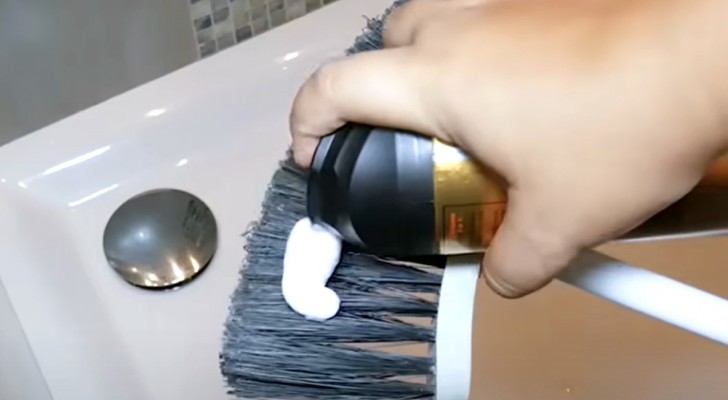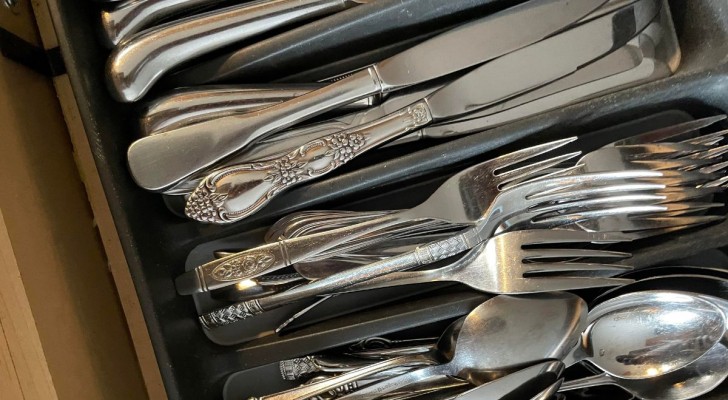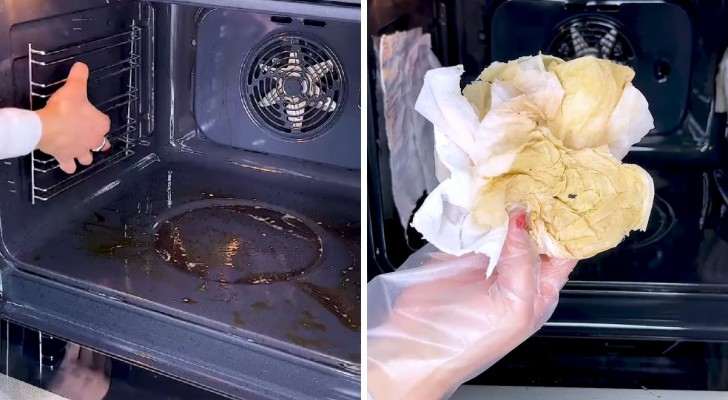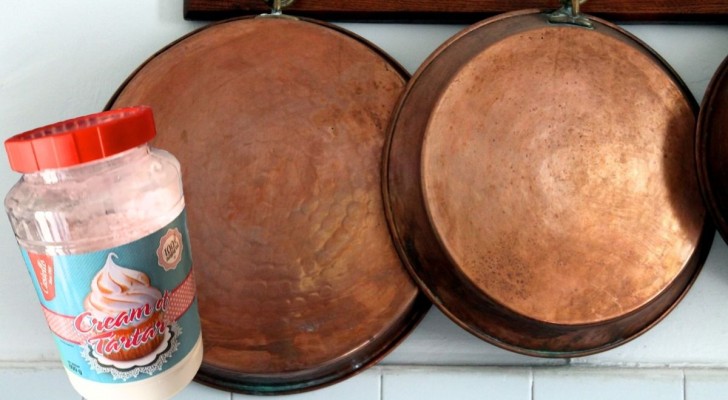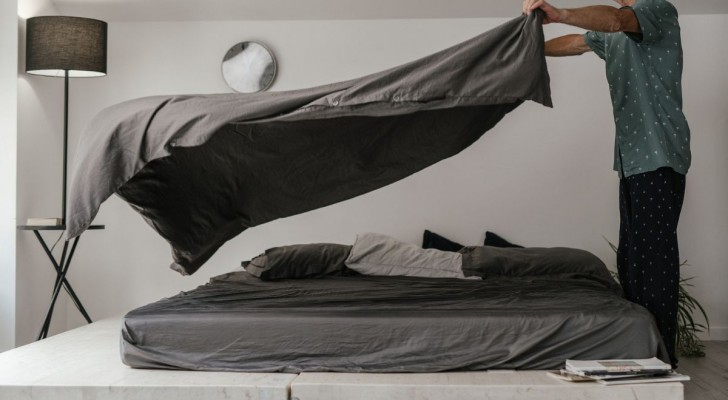Yellow stains in the toilet: 2 simple ways to make them disappear using just a little citric acid

The constant use of the toilet means we have to clean it often. Despite this, yellow spots and stains easily form on the porcelain. Normal detergents don't always manage to remove these stains, but a natural, perfumed product can: citric acid powder. This powder made of soluble crystals and has an excellent ability to clean and degrease, and also acts against limescale (the main cause of yellowish deposits in the toilet bowl). Furthermore, it is a less aggressive substance than vinegar and is also more environmentally friendly.
Using citric acid for bathroom cleaning is a cheap, useful and easy option. Let's see how to make the most of it:
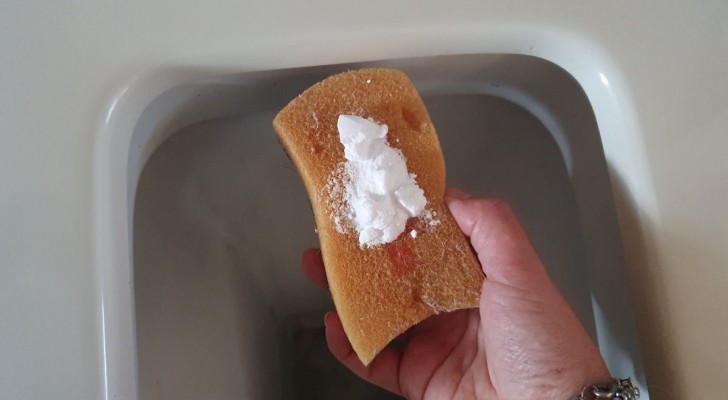
Creativo
All you need is a sponge, even one which may have been used beforehand. It's best, however, if the sponge has an abrasive side (to remove limescale). Depending on how you use the citric acid, you may also need a spray bottle.
Neat citric acid powder: when the stains are more persistent and stubborn, it is best to "attack" them "aggressively". Take a spoonful of citric acid powder and put it directly on the sponge (which you will have wetted and squeezed out beforehand). Then, use the sponge to rub the powder on the stains: its abrasive action will eventually erase the stains with a little elbow grease. Once done, all you need to do is flush the toilet. Remember, of course, to wear gloves.
Liquid mixture: for a more routine cleaning and when the stains are recently and not too difficult to remove, you can also dissolve 100 grams of citric acid powder in a 750 ml spray bottle. Spray on all the stains and let it act for a few minutes before rubbing off and rinsing. This could also become the routine you do every evening before going to bed, leaving the mixture to act overnight.
What if nothing seems to work? In this case, you could resort to an emergency remedy - a last resort: very fine-grained sandpaper. This will remove any stain but inevitably damages the enamelled surface of the toilet itself (making it more porous and prone to staining in the future). It's much better to take preventive action than having to resort to this aggressive cleaning, of course.
